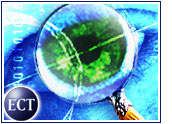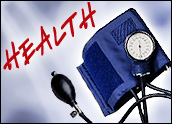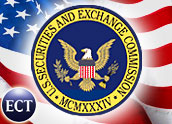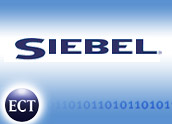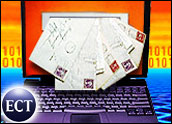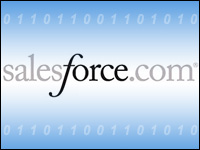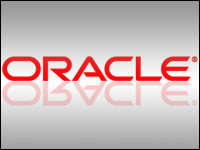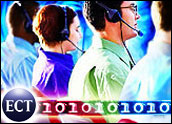
SPSS has introduced a new product, PredictiveCallCenter, that it says can transform inbound call hubs from cost centers to profit centers. The application integrates with call-center CRM and call management systems to determine on-the-fly the best way to market to inbound callers, noting whether they are more receptive to upsell, cross-sell or retention offers.
According to SPSS, the program achieves highly accurate customer recommendations and can increase cross-sell and upsell hit rates by 50 percent or more. It does so by using predictive analytics, scanning all of the sales channels used by a customer to anticipate the customer’s needs, preferences and attrition risk.
Dual Roles for Agents
The importance of predictive analytics is increasing as outside forces hamstring some outbound sales channels.
Amsterdam-based Marcel Holsheimer, vice president of vertical product marketing at SPSS and founder of DataDistilleries, which was acquired by SPSS in November 2003, told CRM Buyer that with the emergence of the U.S. do-not-call list and other opt-out regulations for customers, selling to customers who call in for support is gaining importance as a tactic.
IDC research director Robert Blumstein concurred, telling CRM Buyer that consumers’ fight for privacy has led to increased emphasis on marketing to incoming callers. However, this shift means inbound call agents must play conflicting roles — service and sales — and many of them are ill prepared to take on the dimensions of salespeople.
To help agents overcome this hurdle, a company must do its homework, know what to sell and how to sell it, and get the right data to the service agent’s desktop. Applying predictive analytics to the service center improves the chances of success, Blumstein said.
Post-Acquisition Technology
According to Holsheimer, the core engine of SPSS’ PredictiveCallCenter is the first SPSS product based on proven, real-time predictive technology from DataDistilleries, the Netherlands company he founded in 1995.
Primarily targeted at banks, financial institutions, insurance companies and telcos, PredictiveCallCenter analyzes each inbound call. It then combines this analysis with the customer’s historical and transactional data gleaned from all other sales channels.
Based on those results, the software evaluates potential cross-sell and retention offers against the customer’s profile, using predictive analytics and business rules to determine which offer is likely to be accepted by the customer — and to generate the highest financial return for the company. This offer, together with on-screen sales guidance, then is displayed on the agent’s desktop.
The software can even coach the agent on the sales strategies and arguments that are most likely to appeal to that customer. It can display suggestions about which tone of voice to use and whether to approach the customer aggressively or use a softer sales technique — all based on that customer’s predicted preference.
Outbound Marketing, Too
SPSS also recently introduced PredictiveMarketing 2.0, an outbound product that uses similar techniques to increase the profitability of marketing campaigns. Specifically, the application helps marketers determine who should receive offers, which offers to send, when to send them and which channels to use. Cross-campaign optimization — the ability to improve customer targeting across multiple campaigns — also is a new feature of this release.
In a nutshell, SPSS’ PredictiveMarketing turns conventional campaign marketing upside down. Rather than focusing on choosing the best customers for each campaign, it reviews an entire set of campaigns and then selects the best one for each customer. Holsheimer said this approach can result in 25 to 50 percent increases in campaign revenue by identifying which channels a customer is likely to respond to best.
Reducing Customer Messages
Additionally, Holsheimer said, the new software can help companies avoid the frequent misstep of overloading customers with messages. He noted that SPSS products help companies manage the number of messages customers receive and how they receive them, thereby maintaining customer loyalty while still meeting sales expectations.
He said he expects to see companies adopt and enforce customer interaction polices to decrease excess communication, focusing instead on providing the right communication via the right channel to get the best return for the company.
“The old adage, ‘It takes more to acquire new customers than to maintain current customers,’ comes into play here,” said David Hybels, a program manager at Allen Bonde Group, a CRM consulting firm. “The latest release from SPSS is a strong validation for the evolution of the call center into a customer satisfaction center.”

